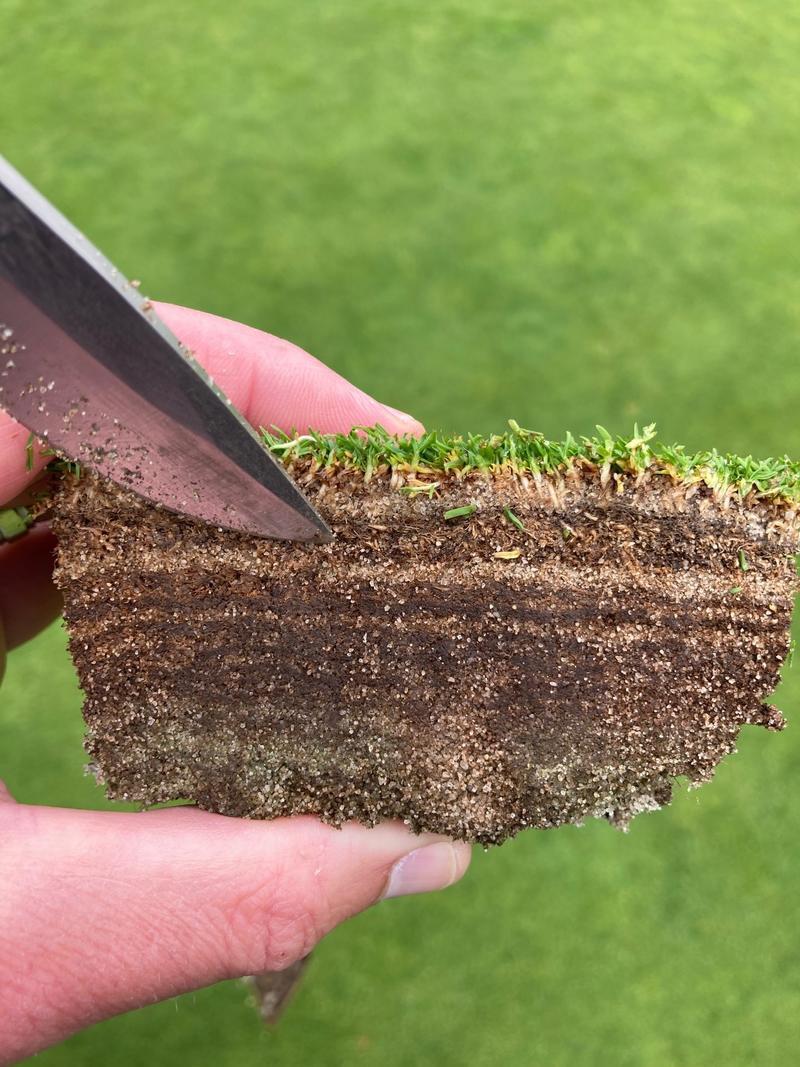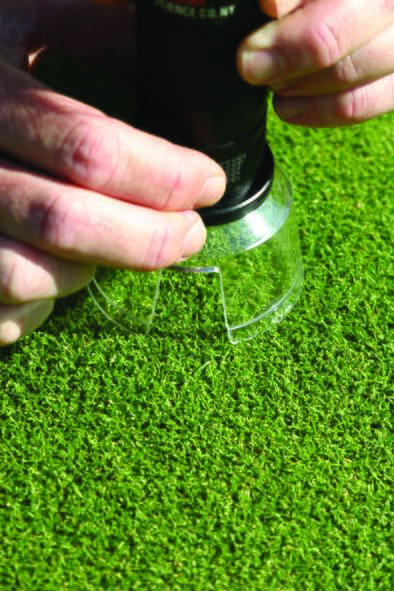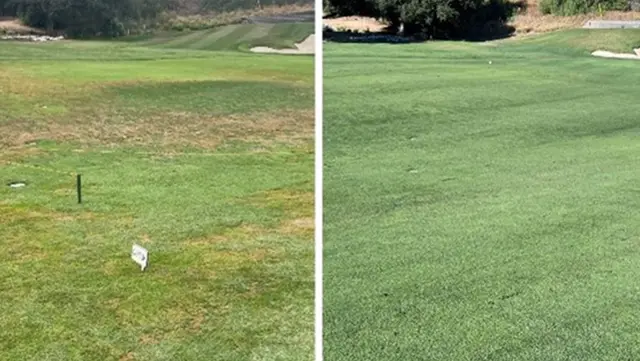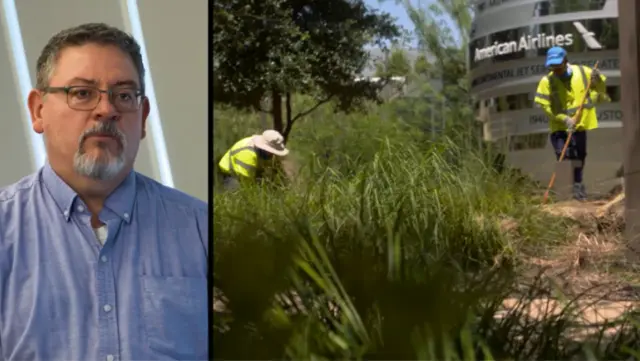
Golf Course Turf, Soil and Water Quality Diagnostic Testing
A Golf Course’s Annual Physical
As humans, we see our primary care physician on a regular basis to proactively evaluate our vital signs, blood work, and overall physical condition. Likewise, a superintendent should perform frequent diagnostic testing on their golf course to collect vital information – including the health of the course’s turf and soil. Below are recommended frequent diagnostic testing that should be performed on a golf course:

1. Soil tests
Soil testing provides a snapshot of the quantity of essential plant nutrients available in the soil for the turfgrass. These tests also provide information on pH and salt content. These tests are particularly valuable with golf courses that have poor irrigation water quality to determine concentrations of calcium, magnesium and sodium.
2. Soil physical testing
Soil physical analyses are typically performed via in-tact soil cores (and topdressing sands) on putting greens to evaluate the physical properties of the root-zone profile. These in-tact soil cores provide important diagnostic information on the following soil physical characteristics:
- Organic matter (thatch) percentage – Organic matter (thatch) percentage in a putting green is a primary limiting factor to fast, firm and healthy putting greens. Due to the water holding capacity of organic matter, excessive organic matter results in putting greens which are chronically soft/wet and unhealthy due to multiple factors. Golf courses should track organic matter trends over multiple years to determine if cultural programs are having the desired impact.
- Soil physical properties – Sands, silt and clay percentages are analyzed at different depths to determine any layering or inconsistencies.
- Topdressing sand analysis – Topdressing sands should be continually tested and compared to the existing putting green mix. Topdressing with a physically different sized sand can create layering issues and have a long-term impact on the flow of water through a root zone profile.

3. Plant tissue testing
Plant tissue testing can be a valuable tool to determine concentrations of important plant nutrients within the leaf tissue. Due to the instantaneous nature of the test, it is important to perform these evaluations on a frequent basis to truly determine the concentration of nutrients within the plant tissue over time. Plant tissue testing is often used in poor water quality situations when soil nutrient uptake is a concern.
4. Irrigation water quality testing
Irrigation used on turfgrass should have a full chemical composition analysis performed on a regular basis. Typically, golf courses with well, canal or reclaimed/recycled water should perform water quality testing more frequently as the chemical composition of water can often change. Important chemical characteristics to be tested include: pH, cation composition (including calcium, magnesium and sodium), salt content (ECw), bicarbonates and other nutrients including nitrogen and phosphorus. The concentration of these components can greatly impact soil and plant status and therefore should be monitored closely.
5. Pest monitoring
The most frequent pests to be monitored include nematodes and diseases. Nematodes are plant parasitic worms found in soil and can be damaging to turfgrass at high concentrations. Tests for nematodess should be performed prior to the onset of stress on turf. It is best to apply curative measures to reduce their populations. Disease testing is typically performed following the emergence of symptoms of disease. This testing is performed to confirm the species of disease and determine the best control strategy.
The above-mentioned tests should be performed frequently on golf courses to have a real-time knowledge of the physical and chemical status of the plant, soil and irrigation water being used. Courses with chronic issues should test that component more frequently. For example, golf courses with a history of high nematode populations on putting greens should test their soils multiple times per year to determine nematode species and population counts. In contrast, a golf course using potable irrigation water from a municipality should be less concerned with poor irrigation water quality, hence reducing the need for frequent water quality testing.
Outstanding Golf Course Maintenance
You set the standard, we make it happen. We’re laser-focused on continuously refining the science, technology, and operations of golf course maintenance so we can bring our clients a competitive advantage and a course their players are proud of.



